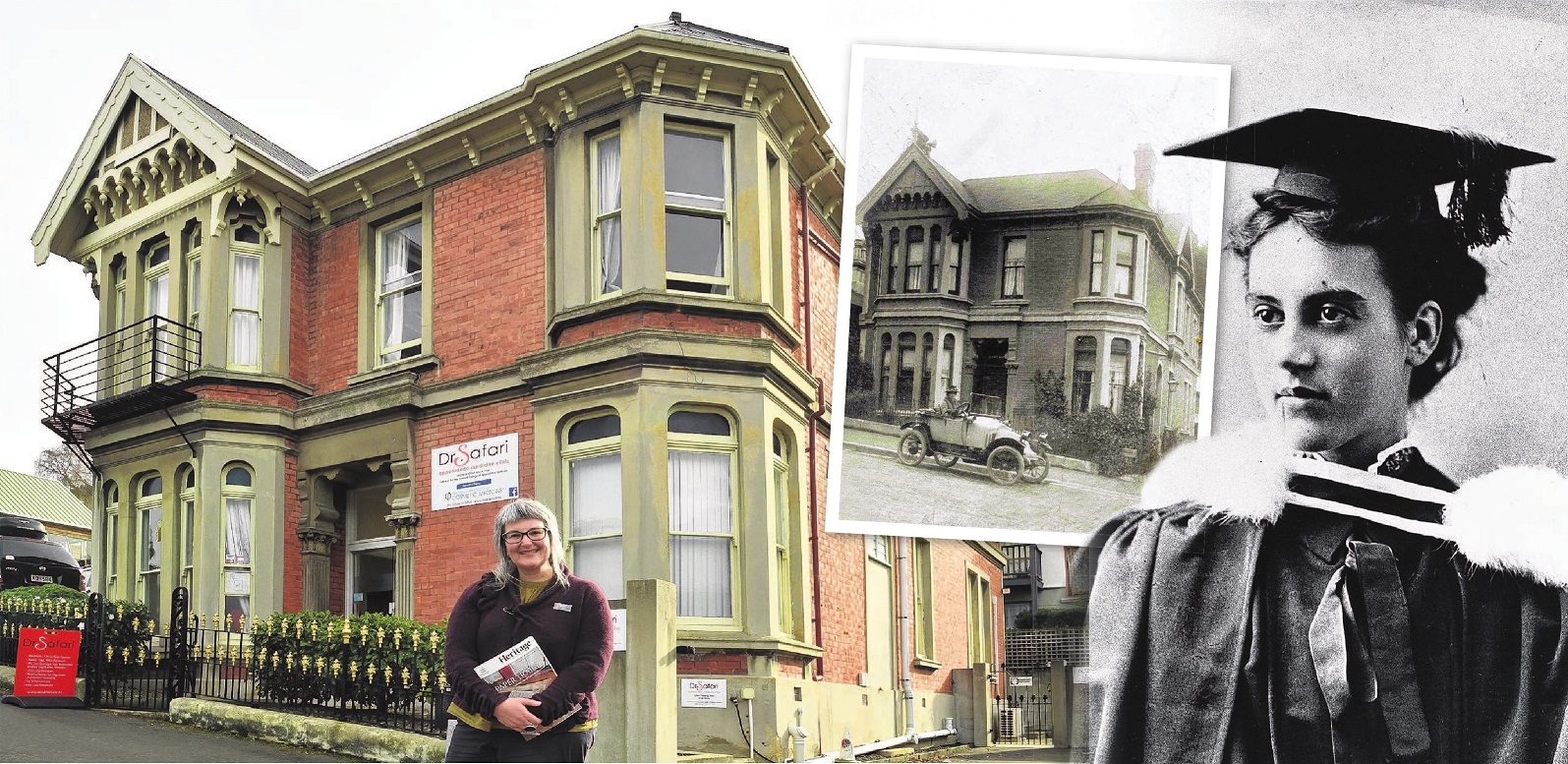
Heritage New Zealand Pouhere Taonga announced yesterday Siedeberg McKinnon House, at 75 York Pl, had been confirmed as a Category 1 historic place.
The classification identified the 120-year-old house as being of outstanding national heritage significance.
The house belonged to Emily Hancock Siedeberg, who, in 1896, became the first woman in New Zealand to graduate with a medical degree.
Heritage NZ Otago-Southland heritage assessment adviser Sarah Gallagher said the announcement was timely as this year marked the 150th anniversary of Dr Siedeberg’s birth.
"Emily was representative of the generation of women who refused to be confined to society’s expectations that restricted women to traditional roles of motherhood and caregiving.
"Emily wanted more and was encouraged by her parents to expect more.
"When you think that New Zealand women had been granted the right to vote only three years before Emily graduated, you begin to get a feel for the times Emily was living in," Ms Gallagher said.
After locum work at Seacliff Asylum and a period of postgraduate education in Europe, Dr Siedeberg returned to Dunedin and set up her own medical practice.
Dr Siedeberg commissioned the York Pl building in 1903 as her home and consultancy rooms.
She went on to serve as the sole female medical practitioner in Dunedin for the next 20 years.
The house became the "core of a life dedicated to welfare and community work", Ms Gallagher said.
Dr Siedeberg married Alexander McKinnon in 1928 at the age of 55 and the couple moved shortly after. She returned in 1954 and remained there until the 1960s.
After her death in 1968, the building was converted for use by Otago Polytechnic.












